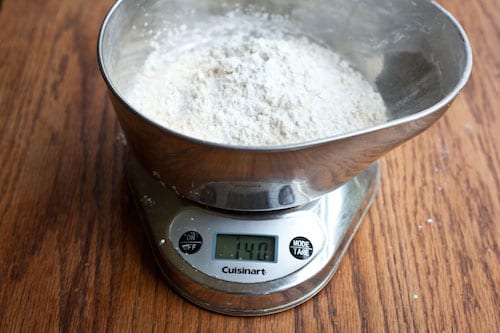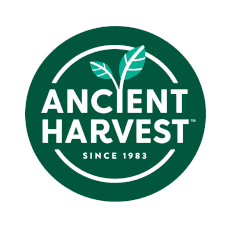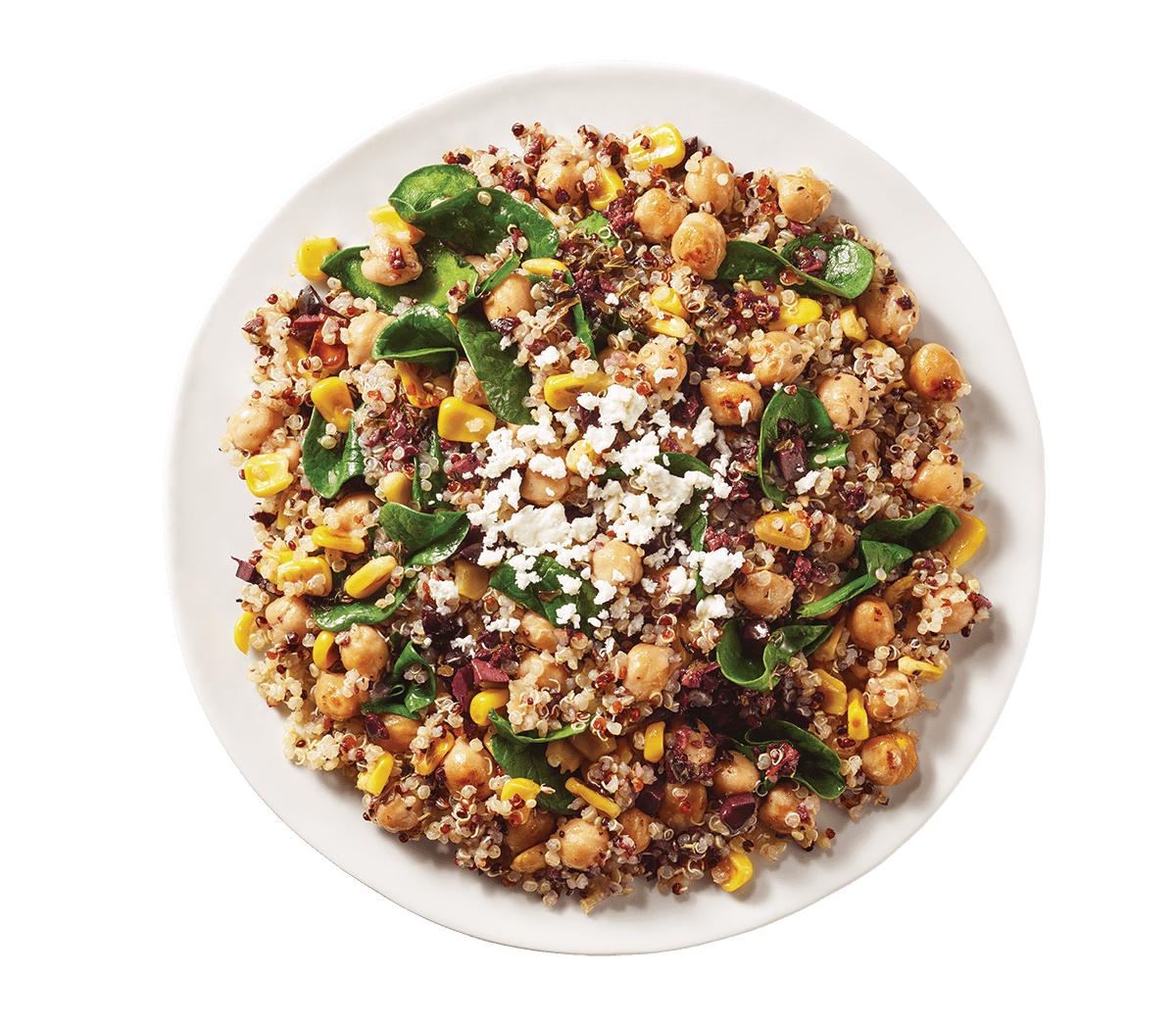 Photo Credit: Gluten-Free-Girl’s Guide to Gluten-Free Baking
Photo Credit: Gluten-Free-Girl’s Guide to Gluten-Free Baking
Baking is undoubtedly one of the toughest cooking techniques to master when adapting to a gluten-free lifestyle. Most cookies, cakes and breads are loaded with gluten-containing all-purpose bleached flour – but that doesn’t mean they need to be.
Here are some tips and tricks to help give your gluten-free baked goods the taste and texture you’re looking for:
First of all, you will want to mix your flours. While all-purpose gluten flour is the go-to for traditional baking, this “one size fits all” convenience is unfortunately not inherent in gluten-free flours. However, combining a few different ones to create your own blend is the first step to recreating your favorite recipes.
Gluten-Free-Girl offers a fantastic video tutorial on how to create your own gluten-free flour mix, as well as an informative breakdown on the variety of gluten-free flours available to you (including starches, nut flours, bean flours, and whole grain flours like quinoa flour.)
Once you’ve made a gluten-free flour mix to your liking, remember this: To make a gluten recipe gluten-free, sub every cup of AP flour with 140 grams of gluten-free flour mix. Which brings us to this next tip: bake by weight. By using a kitchen scale instead of cups, you are able to more freely mix and match your gluten-free flours – which can vary by weight. A “cup of flour” can mean different things, depending upon the blend of gluten-free flours you use. Baking by weight avoids these discrepancies.
You may also need to add ingredients such as ground chia seeds and/or flaxseeds to your batter to help replicate the texture of gluten. You will find these ingredients in many gluten-free baking recipes.
Lastly, while baking gluten-free, you will want to mix your batter all at once. In traditional gluten recipes, you’ll oftentimes see the instruction to mix the flour in a little at a time and “Mix until just combined. Don’t over-stir.”
But have you ever wondered why? It’s because over-mixing is what activates the gluten in the batter, and this can result in a tough or too-dense final product. And (here’s an exciting secret) this is why many baked goods are actually better without gluten. (Think about it: There’s a reason why flourless chocolate cakes have become so popular…)
So let go of your expectations, have fun, don’t be afraid to experiment – and browse our Pinterest boards for some wonderful gluten-free baking inspiration.
Already got the gluten-free baking thing down? Enter your favorite recipe for a chance to win our Great Ancient Grains Recipe Contest.



